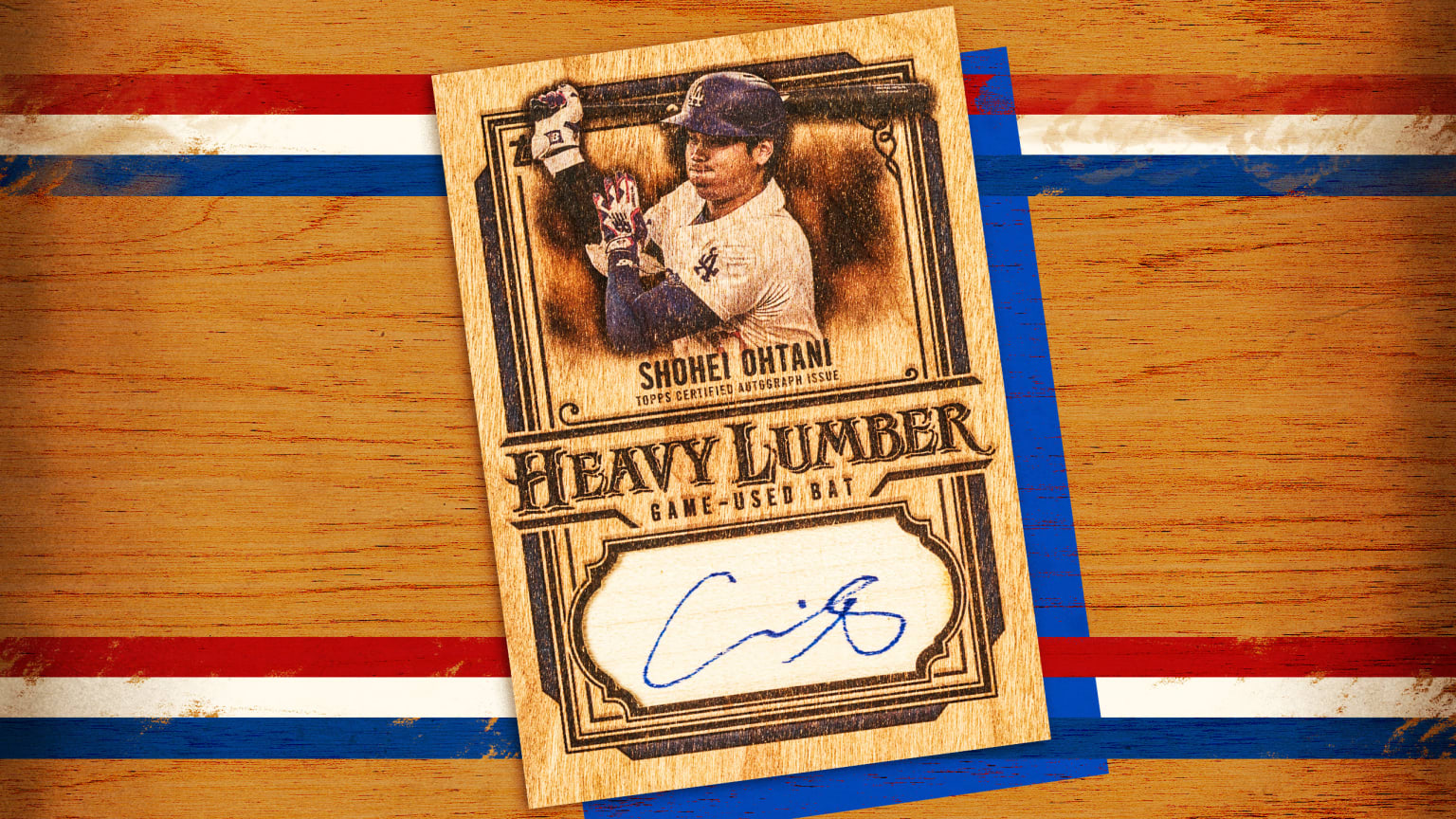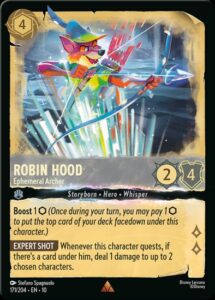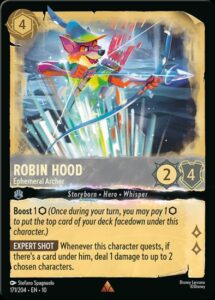It seems that artistry truly knows no bounds, and inspiration often strikes when we least expect it. For Topps senior designer Phil Imbriano, the spark of creativity ignited during an otherwise routine subway ride in New York City, setting off a design revolution for the 2025 Topps Series 1 baseball cards. This tale of creative serendipity takes place not in a sunlit studio or a serene park, but deep beneath the city in a bustling, rhythmic train car. Picture Phil, seated amidst the clattering trains and hurried passengers, his eyes fixed not on his phone or a bustling newspaper but on a small, unobtrusive red-and-silver badge that most would overlook.
It was there, amid the chaos and commotion, that Phil’s designer radar picked up on the sleek lines and seductive curves of this badge. To him, it was more than just a design; it was the genesis of an idea waiting to unfold. With a quick snap of his camera, Phil captured the muse and carted it along to the Topps office. Barely settled at his desk, he set pencil to paper, translating that fateful subway sighting into the skeletal beginnings of a new card design. What began as idle curiosity on a subway car quickly morphed into a tangible idea that would become the face of the 2025 Topps baseball card series.
Phil’s journey from subway musings to completed design is no small feat. It involved evolving those initial sketches through countless revisions, resulting in a final product that boasts two bold lines sweeping triumphantly up the left side and across the top. Looking at it, old-school collectors might catch a whiff of familiarity—an unintended nod to the 1982 Topps set, draped with modern flair. Phil was initially inspired by the woodgrain aesthetic from the 1962 and 1987 collections, not expecting the 1982 reminiscence to seep in. Yet, he embraces this ‘happy accident,’ as these were card designs rooted in nostalgia yet ready to play in the modern league.
Competition within Topps to land the honored design is fierce, akin to entering a creative gladiator’s arena. Designers submit their prized concepts for a review process as rigorous as it is passionately debated. Imbriano’s eventual triumph came after battling through over 20 other designs, topped with a hefty layer of earnest effort. Even designs that didn’t make the cut manage to leave their mark, providing elements to future sets—a lovely establishment of continuity and tribute to creative ideas.
However, design doesn’t come to life simply with ideas in a design app. It’s when these ideas leap off a digital page and into physical form that they truly breathe. Topps employs a meticulous process where final designs are printed and examined from the perspective of the consumer’s experience. Clay Luraschi, the senior vice president of product at Topps, describes the process as bringing the cards to life. The final five designs aren’t just chosen but are auditioned in simulated pack openings, ensuring they deliver the expected exhilaration of cracking open a fresh pack.
This year presents more than just a static base set design. It’s a sprawling opus of other subsets, additions, and celebrations that expand the Topps universe. Among noteworthy subcategories are Future Stars, All-Topps Team, and Call to the Hall, which heralds upcoming and current legends. The City Connect Swatch Collection and Heavy Lumber Autographs promise to engage collectors with intriguing new designs paired with compelling narratives and legendary figures.
A returning fan-favorite, Signature Tunes, charmingly links musicians with players via their walk-up songs, while First Pitch pays homage to celebrities contributing to baseball’s ritualistic theatre with their ceremonial pitches. There are special variations like the Dodger-specific Freddie Dance, a little jig that Freddie Freeman made famous and fans fondly remember. And this year’s anniversary celebration takes us back to 1990, reviving the vivid color explosions that defined that epoch.
In the end, Imbriano shares his artistic mentality—cards should evoke the grandeur of a movie poster in miniature form—a standalone story told through bold design and careful crafting. It is this philosophy that continues to fuel the creative engine at Topps, ensuring that every new edition not only lives up to predecessors but sets a new standard for innovations to come. As Luraschi so aptly puts it, fifty years down the line, an onlooker should glance at these cards and instantly recognize their era. It’s not just nostalgia wrapped in shiny foil but a testament to design evolution and cultural storytelling at its finest.





